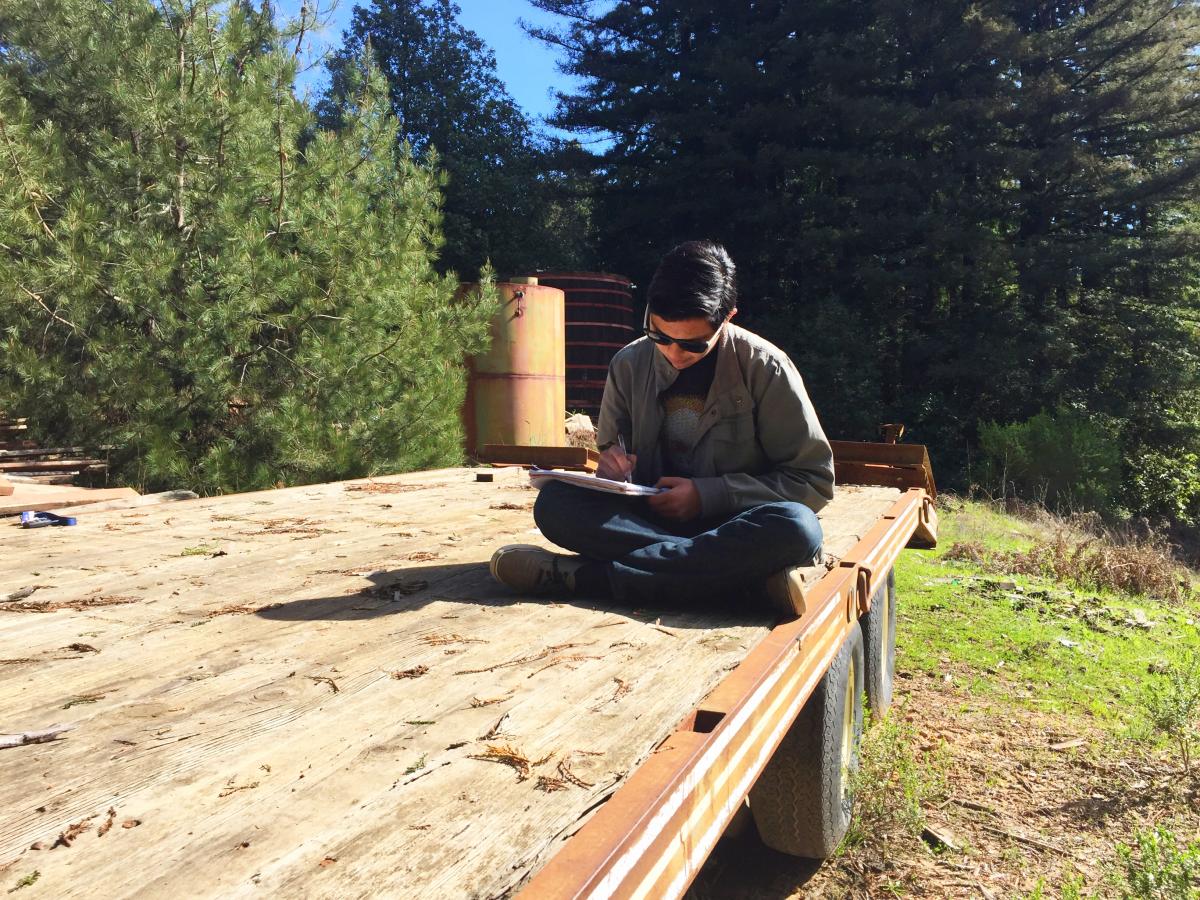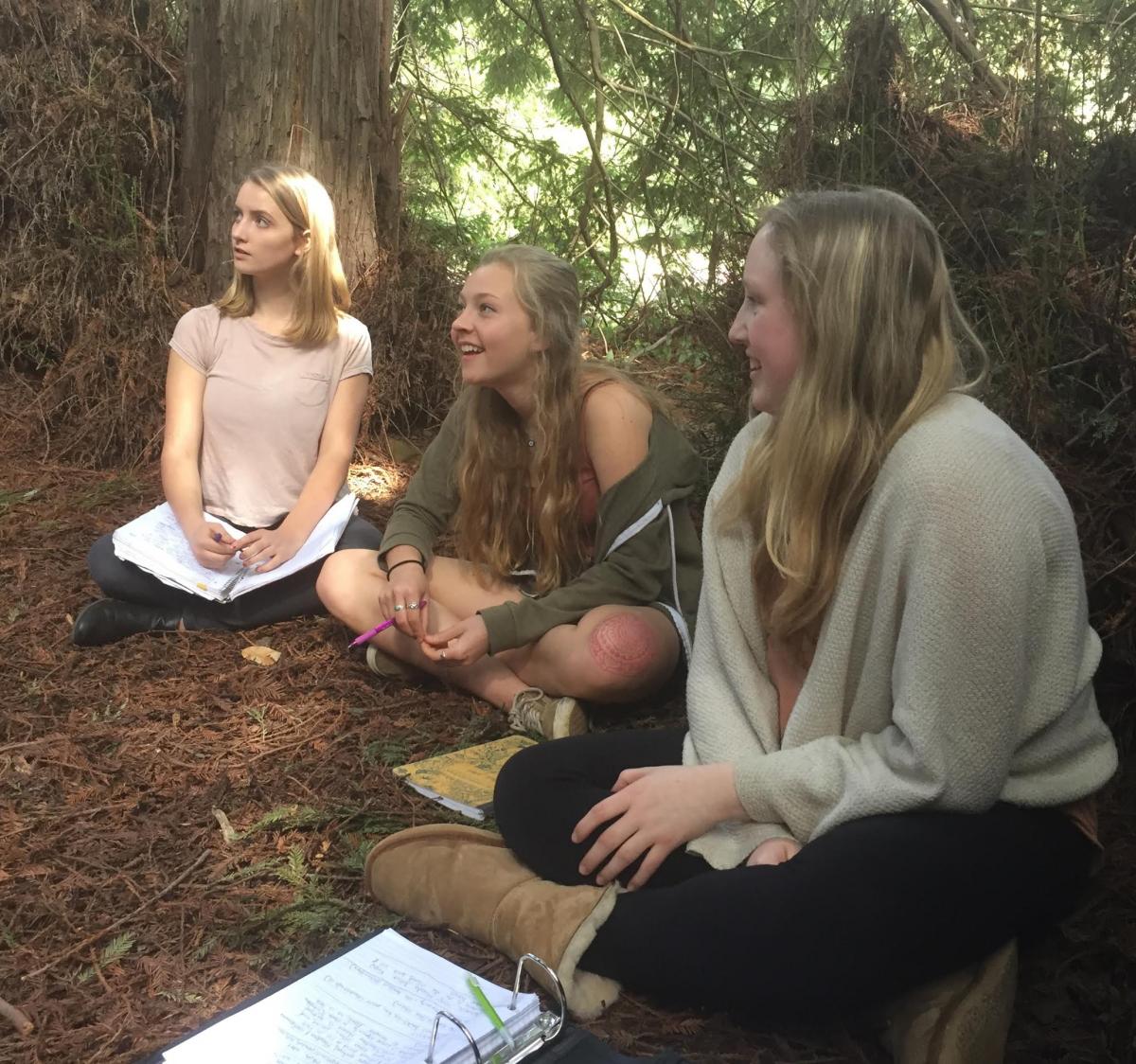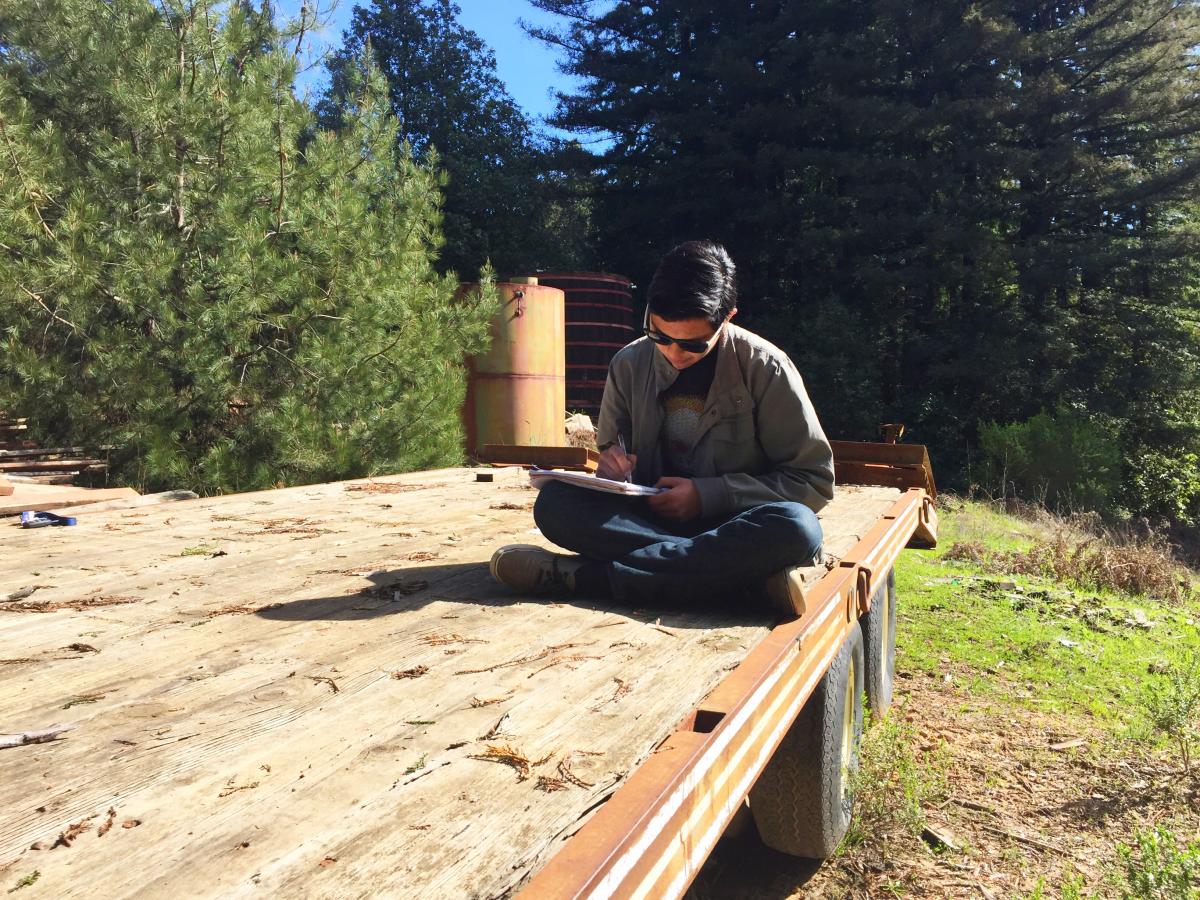
As an English teacher, I have many lofty and pragmatic goals because I wholeheartedly believe that reading and writing deepens our understanding of ourselves and of the human condition. Through story we are connected; through story we find meaning and empathy, and we experience what it means to be fully alive.
In high school English at MMS, we discuss literature with constant reference to authorial intention. Why did Shakespeare include a seemingly superfluous scene with comedic minstrels right after we find out that Juliet is dead? (Spoiler alert.) Why did Amy Tan structure The Joy Luck Club in a way that is mimetic of the mahjong game? How did Conrad use foreshadow and juxtaposition in Heart of Darkness to prepare readers for Marlow’s final lie to Kurtz’s Intended? Why did Dickens begin A Christmas Carol with exposition instead of scene?
 We enter story as writers with a strong understanding of the art and craft of the creative writing process, and then I ask students to let it all go. To trust their analytical knowledge like we do our life-vests on the rafting trip – it it will keep us afloat while we have fun exploring the world we’re creating and letting our narrators or speakers (poetry) lead the way. We can rely on our understanding of story craft without constantly focusing on its presence.
We enter story as writers with a strong understanding of the art and craft of the creative writing process, and then I ask students to let it all go. To trust their analytical knowledge like we do our life-vests on the rafting trip – it it will keep us afloat while we have fun exploring the world we’re creating and letting our narrators or speakers (poetry) lead the way. We can rely on our understanding of story craft without constantly focusing on its presence.
As a Creative Writing teacher, I have one goal: for each student to experience the flow of getting lost in their own writing, for each student to experience the creative muse working through them.
The Freedom of Constraints
Nobel Laureate Thomas Mann said, “A writer is someone for whom writing is more difficult.”
Sometimes shifting between the analytical and creative minds is not an easy process. If I ask students to write a poem, some will dive right in, others will want to know exactly what I’m looking for, and some will be stalled by the anxiety inherent to lack of direction – and often inherent to writing poetry. One way we slowly push open the door to poetry is to experiment with various poetic constraints.
Zach Wagner, 10th grade, explained it well. “A poetic constraint is a rule or structural boundary that must be followed. Some benefits include a clear flow or a specific style that is achieved. The writer is forced to expand creativity to make their message fit the form, and the reader gets a specific feeling or vibe from how the poem is delivered.”
English 9 students are exploring sonnets, sestinas, villanelles, and haikus. In English 10 students are expounding on the forms they learned last year, experimenting with limericks, odes, and found poems, and they began creating their own constraints. Seniors are playing with various forms they’re familiar with as well as some modern and postmodern constraints, such as exquisite corpses, OULIPO n+7, and twictions, and they are also creating their own constraints. Constraints can create rhyme schemes, delineate syllable counts, feet, or meter, imbue themes or symbols, and they can be as specific as avoiding the letter “e.” The students attacked this process with ingenuity and energy, and they discovered the freedom of constraints.
Lucas Caudill, 10th grade, wrote a poem with four quatrains, a set rhyme scheme, and repetition of certain lines or phrases; while Saniya Lakka, 12th grade, wrote a poem with expanding and constricting syllables:


Writing in Nature
Another way we proverbially get out of our heads is to get out of the classroom. February brought many warm days, which allowed us to venture into the woods around the campus to write. The seniors are helping to create a rich treasury of creative writing prompts, which I carry with me in a weather-proof envelope. Much like poetic constraints, these prompts – opening lines, conflicts, character ideas, photographs – provide a structure that stretches the imagination and inspires new ideas.
We hike out to the cathedral classroom (a grove of redwoods past the new gym), or to a sunny hillside, or to an open field. Then we disperse, each finding a quiet space to settle in and write. Sometimes students select prompts from our collection; sometimes they’re in the middle of a project and know exactly what they want to work on. Sometimes they sit and watch a lizard basking on a rock, or they fiddle with a twig in the dirt, or they stare at seemingly nothing. And that’s okay. I trust their process. Eventually they’re all hunched over their journals, looking serious or thoughtful or as if they’re bursting with the most amazing idea, and they can barely write fast enough.
Creative Writing Elective
Our (new this semester) Creative Writing electives provide an opportunity for those who wish to explore their writing at a deeper level and devote more time connecting inspiration with craft. In these courses we jump back and forth between the intuitive flow of creating and intensive craft talks. Thus far this semester we have been exploring the necessity for escalation in fiction – things must get worse before they can get better – and how the two most fundamental elements of story –character and conflict – come together to propel the story forward.
Below are two excerpts from the senior class, who are exploring what “Home is…” to their characters.
I love spending my days talking about literature and writing with my students, and I am thrilled to share their stories, poems, and songs with you at our annual Creative Writing Reading on Friday, March 18, at 7:00pm. I am confident you will be inspired and entertained by their use of language and story.
Article and Photos by Haley Campbell, high school English and Creative Writing teacher, and leader of the summer 2016 Writing in the Redwoods retreats.






